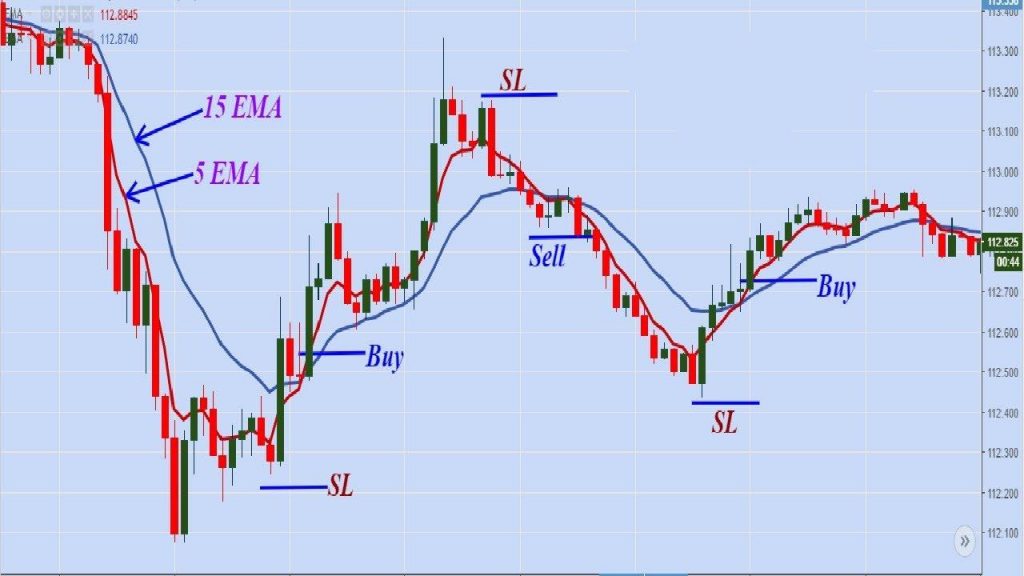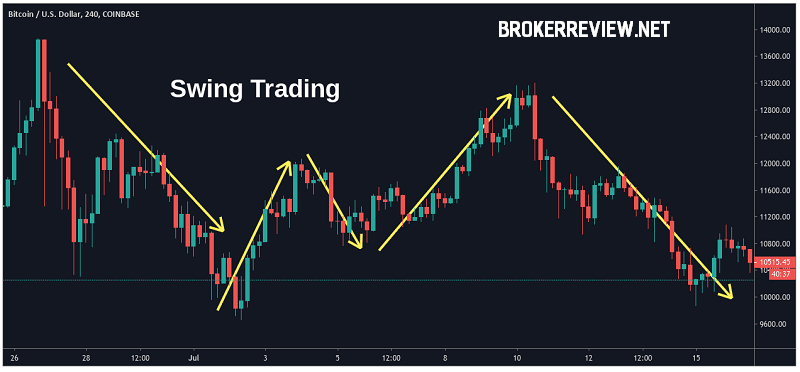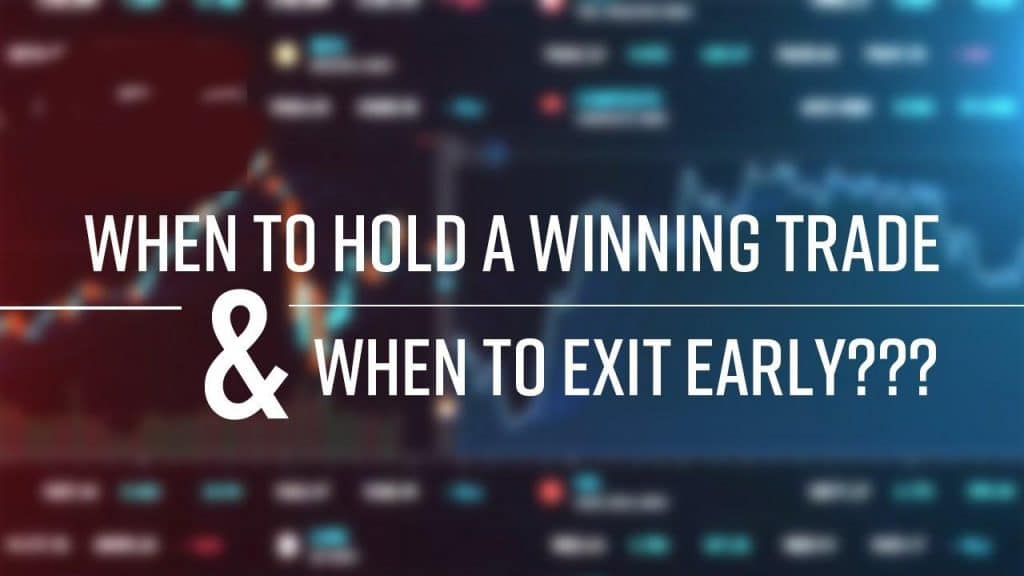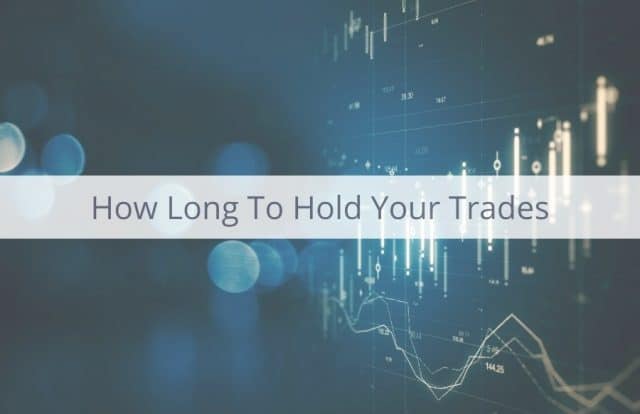Opening positions in the forex market are usually the easy part. How long positions should be left open is the one million dollar question. Whenever a position keeps rising in value, traders often think earnings will never stop.
Likewise, when a reversal happens, pride and ego present the urge to keep the positions opened rather than locking in profits. Similarly, whenever losses are piling up, there is always the urge to keep the positions open in the hope that the market will reverse and clear the losses.
In general, there is no thumb rule for how long a position should be left opened. Instead, it all comes down to many factors, key among them being the type of strategy in play. The forex market is synonymous with an array of strategies that traders rely on to open and close positions. Likewise, it is the type of strategy in play that determines a great deal whether to keep a position open or close it down.
Factors That Determine Open Positions Duration
Some factors determine a great deal for how long a position should be left open. Top on the list is what the trader wants to achieve with the position. Goals define the kind of trader one is and the type of strategy likely to come into play.
If the ultimate goal is to achieve 700 pips, a trader is likely to hold on to a position for more than one day until the order gets filled. Likewise, if the goal is to achieve 30 pips while trading volatile security, then a position could be left to run for a few hours and closed before the end of the day.
If your goal is to take as many trades as possible on a single day, then focus will be on the lower time frames whereby trades are opened and closed whenever a given objective is met, or conditions change drastically.
How Long To Hold Trades: Trading Profiles
Scalping
Scalping is a popular trading strategy whereby traders rely on short term time frames to enter and exit positions in the market. With this strategy, traders look to take advantage of small, quick price movements.

Likewise, scalpers open and close positions within a few minutes. In this case, trades are never left to run for hours, given the erratic price movements in the forex markets. Regardless of what happens, trades are never left to run for more than 30 minutes.
By opening and closing trades within minutes, scalpers are able to execute dozens of trades in a day.
Intraday Trading
Intra-day trading is another popular short term trading strategy. Unlike scalping, intra-day traders open positions early in the morning and leave them to run throughout the day. Opened positions are closed as soon as a trader goes to sleep and never leaves to run overnight.
With Intra-day, the idea is to open positions and close them by the end of the day. Intraday trading insulates traders from news and price movements that might take place while one is sleeping. The strategy sees traders rely on 30-minutes to four-hour charts to make trading decisions.
Swing trading
Swing trading is a trading strategy whereby traders seek to profit from dramatic price swings. Traders don’t expect to profit from imminent price movement, as is the case with scalping or intra-day. Swing traders execute trades relying on hourly or weekly charts.

With swing trading, positions can be left open for days or even weeks until a price swing occurs, triggering a profit target or a stop-loss order. In this case, positions are left open until price makes a decisive move in either direction.
Long term Trading
Long term trading shares attributes akin to investing. Traders deploying this strategy are never concerned with short-term price fluctuations. In this case, positions are opened and left to run for weeks, months, or even years.
Long term traders operate on huge timelines on which trading decisions are based. Trading positions are only closed whenever technical indicators and trading strategies no longer justify the need to keep a position open.
How to Hold a Winning Trade
A trading strategy is of utmost importance if one is to succeed in the forex market. A trading strategy dictates entry and exit points, therefore an ideal tool for determining how long a trade should be left to run.

Any trading strategy should have clear cut rules that determine when positions are triggered and when they are closed. An exit strategy tells one when to exit a position as it includes a stop loss or a profit target.
A stop loss level is designed to close a position as soon as the market changes direction. The order is designed to keep losses minimal, acting as an ideal exit strategy. On the other hand, the profit target closes a position as soon as a trade moves in favor and accrues a substantial amount of profits based on goals.
A trailing stop loss can act as an ideal exit strategy in the market given that trailing profits allow a position to remain opened as long as a trade is in favor. The stop loss only closes a position when the market reverses and moves against per the set levels.
Conclusion
There is no clear cut rule on how long a position should be left open in the forex market. The opening and closing of positions depend on the trading strategy in play. When it comes to capital efficiency, it is essential not to keep positions open for longer than strictly necessary. The longer a trade is left open, the more it is exposed to risk.
It is also important to note that some positions opened in the forex market do incur commission or fees. The longer they are left open, the more the fees they are likely to pile in, burning the capital faster in case of a significant loss.
How long a position is left open in the forex market depends on the trader’s goals and margin. In addition to margin controls that close positions automatically, its traders who have the power to determine how long positions should be left open.




